
Who doesn’t love the sweet aroma and warmth of a hot cup of coffee in the morning? Whether you make it at home or get it to go on your way to work, it is a delightful way to start your day.
But how often do you think about what you’re putting your hot coffee into? Particularly, the question of can you put hot coffee in a plastic cup is an increasingly common concern many people including myself have thought about.
Initially it may sound like no big deal, especially since plastic cups are so much more convenient and easier to handle and dispose of compared to glass cups or large mugs.
But what if there are truly health issues to be concerned with?
We did a bit of research and here is the short summary of what we discovered.
Overall, it’s not a good idea to put hot coffee into plastic cups. Not only can the cups melt, but the heat can cause chemicals in the plastic to leach out of the cup into your coffee or hot beverage. These chemicals can have negative effects on your health including hormones, fertility, and metabolic functions in the long term.
While polypropylene is the best plastic type to use in hot beverages, consider using cups made of glass, ceramic or stainless metal for a worry free, clean tasting coffee drinking experience.
What is plastic?
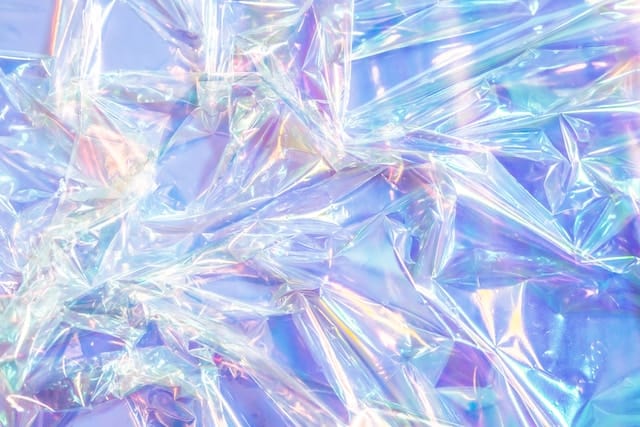
Photo by Emily Bernal
Plastic is a term derived from the Greek word plasticos or “to form”. Plastic is created by taking natural commodities like crude oil, gas, plants and refining them into monomers. These monomers are then heated and combined to create polymers. Polymers are the base component of plastics.
There are tons of different kinds of plastics. ABS, polystyrene and nylon are examples. Some can resist heat and some can’t depending on their melting point. This is obviously important if you’re drinking hot coffee from plastic cups.
One of the most common additives in the formation of these plastics is bisphenol A (BPA). For example, baby bottles and plastic liners are made with polycarbonate (another kind of plastic) and BPA. BPA is a plasticizer that helps to stabilize the plastic and keep the cup firm.
Why is hot coffee in plastic cups a potential problem?
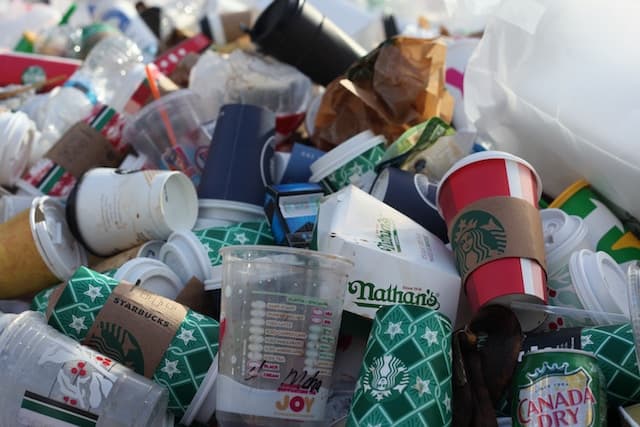
Photo by Jas Min
The problem is that under certain conditions (like high temperatures, acidic environments), the BPA in the plastic can leach out.
BPA is a chemical with estrogen-like properties. Exposure to BPA, a known endocrine and metabolic disruptor can cause health issues, including male and female infertility, precocious puberty, cancer, obesity, and other metabolic disruptions.
The interesting thing is there is not a lot of data confirming exactly how much BPA exposure is too much. In fact, there is controversy that the studies we have for assessing toxicity of BPA are outdated and may underestimate the risks. These are the same studies the FDA uses to make its recommendations.
So maybe the regulators are saying small quantities won’t hurt you. But, let the idea of getting a small dose of BPA every morning you drink your hot coffee for 10 years straight sink in! It can add up.
Harmful effects of drinking hot coffee in plastic cups
Based on several studies, the known health risks associated with BPA, microplastics, and other endocrine disrupting chemicals that can leach out of plastics exposed to hot beverages include:
- Oxidative tissue damage, and apoptosis
- Poor sex gamete quality
- Neurotoxicity
- Metabolic disorders
Are Paper Cups ok?
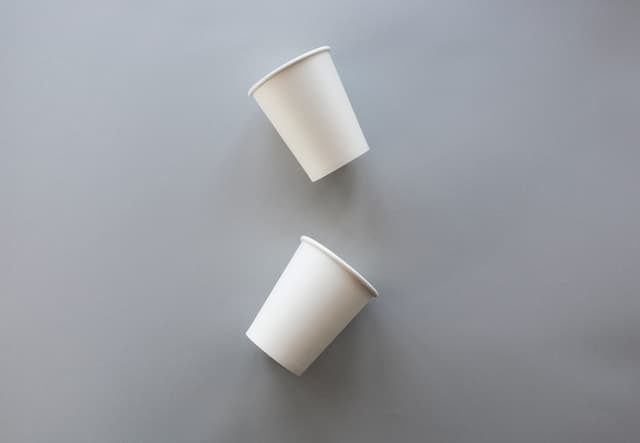
Photo by Brando Makes Branding
And don’t think paper cups are all the way safe either!
There is a concern that certain disposable paper cups are lined with plastic, which can leach into hot drinks. This increases the exposure to microplastics or small quantities of trace amounts of plastic as well as heavy metals like Pb, Cr, and Cd, which can also be toxic.
Even though there isn’t a lot of data quantifying just how much or how often the exposure to microplastics is necessary to be dangerous, the whole thing doesn’t sound very appealing. One study even found that the average person who drinks 3 cups of coffee from plastic lined paper cups will likely consume 75,000 tiny microplastic particles!
Of course, cups made with pure paper are safe. But you would have to confirm with the manufacturer that the paper cups you use contain no plastic. This may be a chore to do.
What about Styrofoam cups?
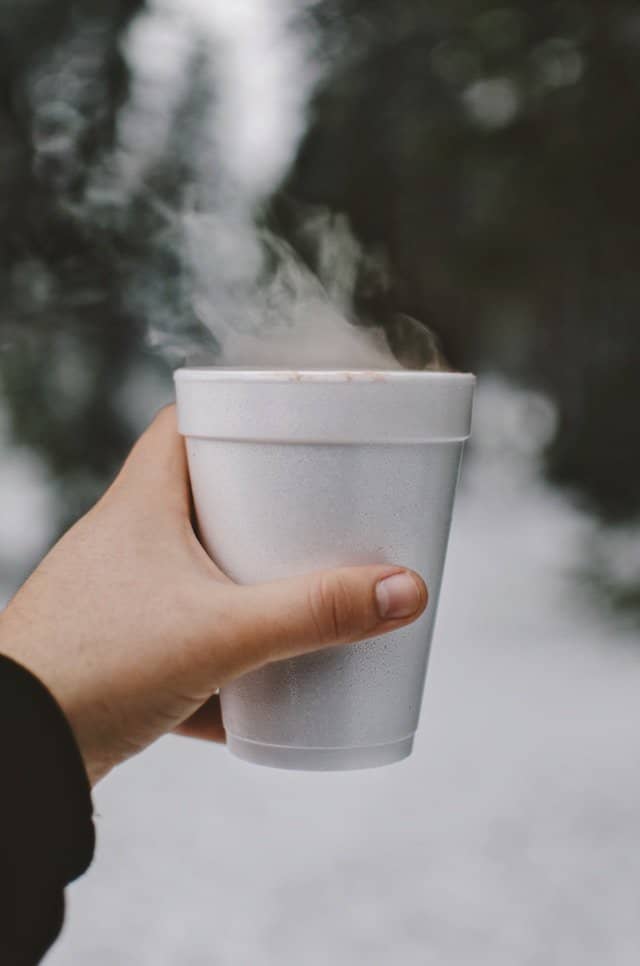
Photo by Caleb Lucas
Styrofoam cups are made of styrene plastic. Styrene is another type of monomer used to make other kinds of plastics. Data shows that in the presence of heat, styrene can leach out of Styrofoam cups into the beverage. Styrene is linked to nervous system toxicity and cancers.
And while the EPA says 0.1 mg/ml of total lifetime exposure to styrene is safe , if you consider that you can be exposed to as much as 0.03 mg/ml of styrene in water packaged in polystyrene made water bottles over a year, there isn’t a lot of legroom before you exceed those limits.
And that’s when the water was not heated!
Can I put hot coffee in red plastic Solo cups?

Photo by Artem Beliaikin
Solo red cups are made of polystyrene plastic. Wait…does that sound familiar?
It should.
We just mentioned the same plastic about Styrofoam cups! Polystyrene is the polymer you get when you combine a bunch of styrene monomers together.
So much like their monomer precursors, polystyrene can leach out into your coffee in the presence of hot temperatures. It’s also slow to degrade and very difficult to recycle. As a result, most are incinerated or piled up in landfills. No bueno for the environment.
Some good and bad news
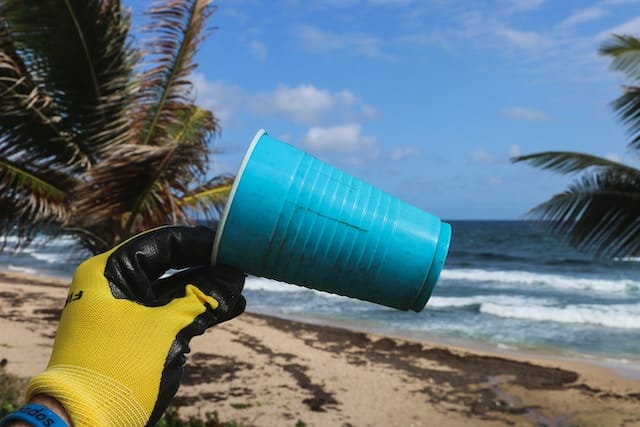
Photo by Brian Yurasits
Polypropylene cups
The good news is there are certain plastics that are more resistant to heat than others. One such plastic is polypropylene.
Polypropylene is considered one of more stable plastics. Because of this, it doesn’t use BPA. It also has a high melting point of 327°F (163.8°C) so it’s resistant to heat to at least 180°F (82.2°C). If you used a plastic cup made of pure polypropylene, there would be a very low chance of leaching chemicals.
The bad news is that most commercial made polypropylene plastics are often made with fillers, plasticizers and additives that you guessed it…can leach into your food.
Polypropylene (as well as many other plastics) can disrupt the environment as well. There is data showing single use plastics can cause ecotoxicity and harm water sources.
What kind of plastic are Starbucks cups made of?
Starbucks uses polyethylene plastic. The good news is this plastic polymer is the most common plastic produced for food packaging and is one of the safest. In fact, it ranks right along with polypropylene as one of the most stable plastics. This means less chance of leaching and no BPA.
So Starbucks coffee cups may be safe to drink hot liquids in, provided there aren’t any fillers or additives mixed into their polyethylene cups.
Alternative materials to consider
Instead of playing Russian roulette with plastic cups, you should consider alternative materials that are far more stable in heat or acidic environments and do not leach chemicals into your coffee. Here are a few go to winners to consider:
- Ceramic mug – classic, simple choice, retains heat well, durable, reusable
- Glass cup – sustainable, heat resistant, will preserve the taste of your brew
- Stainless steel thermos – Durable, insulated; keeps coffee hot for extended periods; great for travel
Runner-ups you could consider but come with mild risk:
- Bamboo cups – Eco friendly, lightweight; reusable, long lasting; But usually made with melamine, a plastic that is mixed with the bamboo and keeps it firm. Melamine is considered to be unmeltable but it could still leach into hot liquids.
- Starbucks cups: we mentioned already. Made with polyethylene, the safest of plastics, but could be mixed with other fillers during manufacturing.
Final Thoughts
Plastic is an ubiquitous material. In fact, there was 6300 million tons of plastic waste generated between 1950-2015. We use it in so many different ways that make our lives convenient and easy. One of those ways is by taking our favorite morning beverage, coffee.
However, plastic cups are made using a number of different plastics. High heat from hot liquids can cause the additives, plasticizers, and fillers contained in plastics to leach into our coffee. BPA is the most well-known of these chemicals. The additional exposure to microplastics, and heavy metals can pose a long term health risk particularly to fertility.
There isn’t definitive data on how much exposure to microplastics or BPA is toxic, but it’s safe to say even small exposure over years can be a big deal. It’s no wonder so many people struggle with having children! Not to say that’s the reason why but it definitely can’t be ruled out as a huge contributing factor.
Also we can’t ignore the significant environmental impact of single use coffee cups filling our oceans, and landfills, which do not degrade very easily.
Can you put hot coffee in a plastic cup? – My recommendation
Everyone has to determine what level of risk is acceptable to them.
I think a small exposure like you are randomly with friends and you get an espresso coffee to go in a plastic cup once is probably not going to hurt you.
But maybe continuous exposures with your morning cup day in and day out for months to years may increase your risk.
As a result, I think it’s best to avoid plastic cups for your coffee whenever possible. Stick with glass or ceramic mugs. Consider a stainless steel thermos for coffee on the go.
Yes, while this won’t completely remove your exposure to all the plastics you come in contact with, this move will probably decrease your daily exposure to hot plastics significantly, and be impactful in the long run.
FAQs
Can hot coffee melt plastic?
Yes. Certain plastics have low melting points compared to others. If you’ve ever put a plastic cup with water into a microwave, you know what it looks like when plastic is melting. This obviously exposes you to BPA and a ton of chemicals from the plastic.
Can you put hot coffee in a plastic tumbler?
It really depends on what kind of plastic the tumbler is made of. If it’s made of polycarbonate, then there is BPA involved and using it for hot coffee is not a good idea.
If it’s made of pure polypropylene, then theoretically your risk is much lower since polypropylene doesn’t leach at high temperatures. But be sure to confirm no other additives or fillers were added during manufacturing.
Coffee Has Never Read This Good!
Sign up for a FREE newsletter to the best home brewing tips and guides
Thank you for subscribing to The Cup Coffee House Crew! There's a surprise in your Inbox 🙂
Something went wrong.
- About the Author
- Latest Posts

“Jules” is a pharmacist by day and investor, writer, and health nut by night. When he’s not sipping on some coffee laced with MCT oil during an 18 hour fast, he is writing about how to get your coffee grind on or playing Monopoly with his 2 boys and wife. Ahh…life is good!
